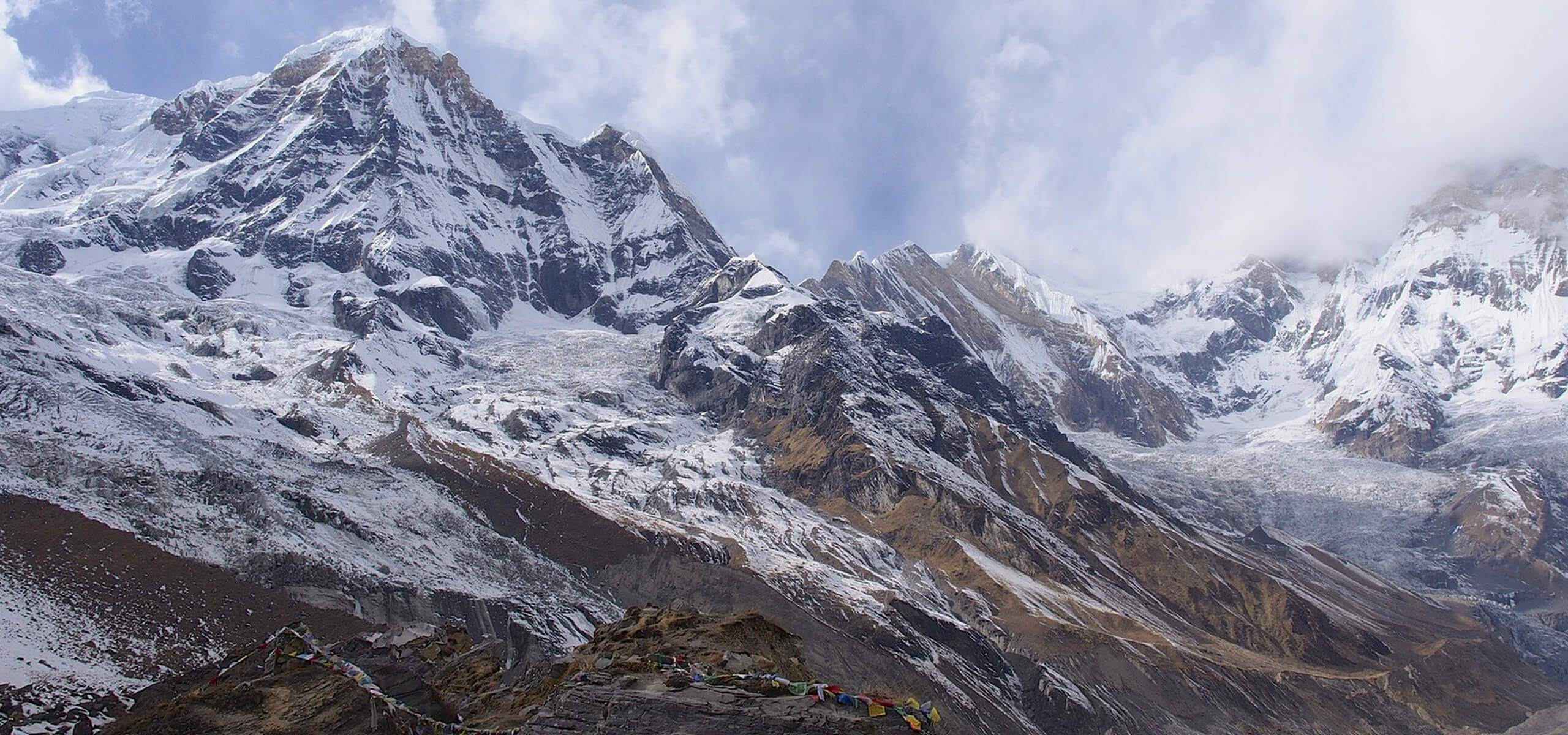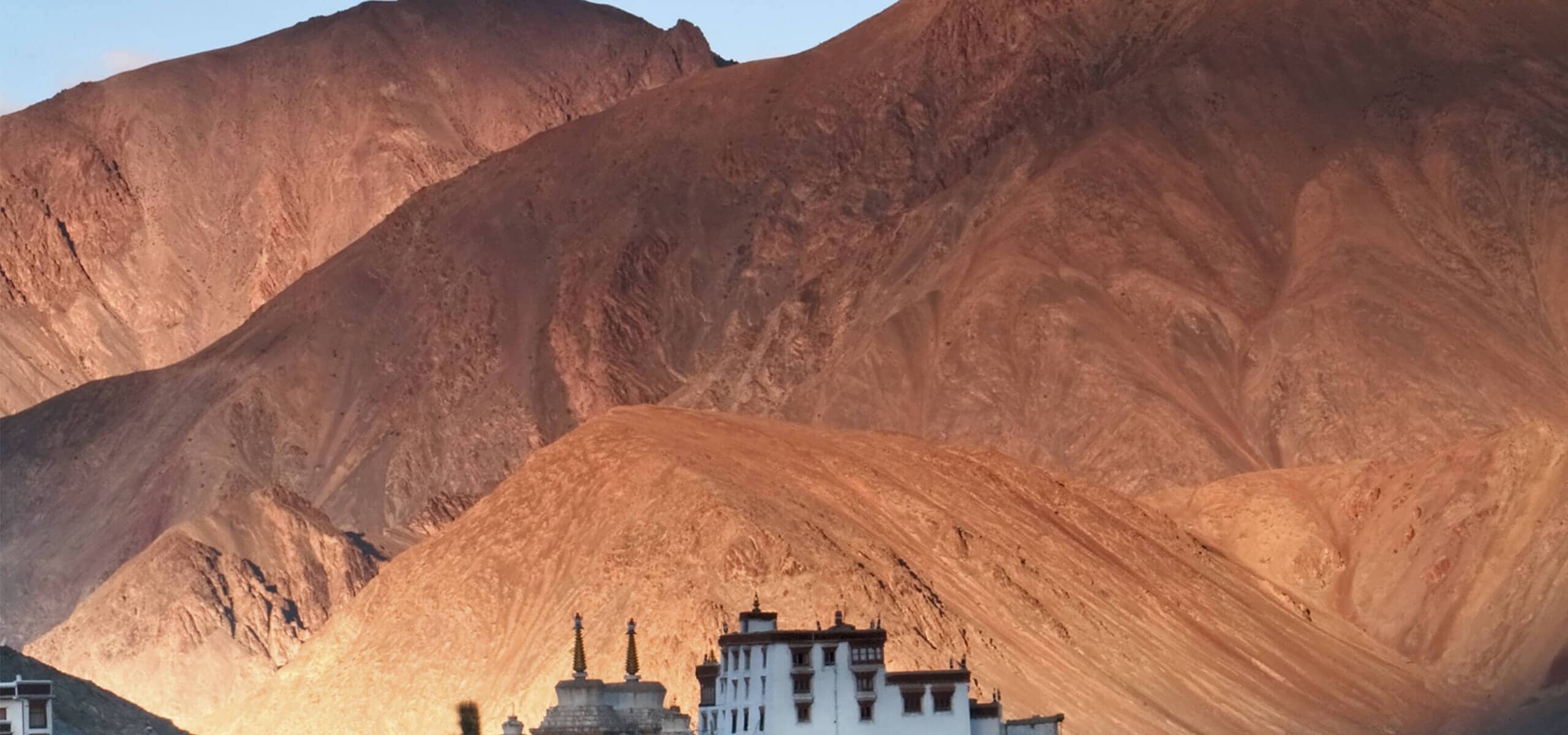
Which Tufenkian rugs are produced in Nepal and why?
Lama
Tibetan rugs made with Lama construction have an average pile height of .45” which is slightly lower than the similar appearing Setana construction. Lama, Setana, and Kotana are considered our more textural weaves. Lama features the lowest price per square foot of any of our Tibetan area rug selections. Although the construction is similar to Setana, the price per square foot is less. It is also ADA compliant.Setana
Tibetan rugs made with our Setana construction have a slightly higher average pile height of .55”, while both Setana and Lama have the same knot count per square inch. Setana and Lama yarns are thicker than the Kotana, Timpa, and Shakti yarns, and are used in creating simpler Tibetan rug patterns. While finer weaves are often preferred - even weaves finer that what can be made with Tibetan wool - Setana is a perfect example of how beauty can be created in a Tibetan rug approximating the knot count of a Persian Heriz. Many of the rugs we introduced in the mid 1980s were made with the Setana weave, and it brings us great delight to hear clients praise these rugs decades later.Kotana
For Tibetan rugs made in our Kotana construction, the average pile height is similar to Timpa, but with more surface texture and striation. Kotana lends itself to simple, large motifs and modern designs. The price per square foot is similar to Timpa, and this construction is specified as Tufenkian Wash.Timpa
Tibetan rugs made with our Timpa construction have an average pile height of .41”. Timpa is similar in appearance to, but not quite as fine as, Shakti construction. Timpa Tibetan rugs cost approximately 10% less per square foot than Shakti, and are ADA compliant.Shakti
Shakti Tibetan rugs have an average pile height of .28”. While this is the finest Tibetan knot count we produce, we do not machine spin the yarn to achieve higher knot counts; consequently this is our most labor-intensive construction. and the most costly per square foot. Both Timpa and Shakti are the constructions of choice for detailed designs, and both are low in pile height. Shakti is also ADA compliant.Yak-Soo
Yak-Soo Tibetan rugs are a shag alternative and a relatively new Tufenkian construction technique. Clients considering a shag aesthetic would be particularly interested in our Yak-Soo rugs, which offer a sophisticated shag-like visual, but are far more inviting and luxurious to the touch.
Yak-Soo construction offers a lush, complex, and organic aesthetic. It has a very high pile woven from extremely thick yarn. The vegetable-based dye used in Yak-Soo rugs gives them infinite and spontaneous variations in color, while the handspun yarn and unique weaving techniques contribute unmatched texture.
While some contemporary shag and shag-looking rugs do perform well, and while such rugs do serve an important role in modern décor, almost all of them are machine-made using synthetic, machine-made yarns and fibers. Each Yak-Soo rug, however, offers the quality that comes from our Tibetan wool that is carded, spun, and woven by hand. Yak-Soo construction uses a contemporary adaptation of Tsukten, an ancient Tibetan fabric-weaving technique, and, unlike machine-made rugs, Yak-Soo carpets have a pedigree and integrity that represent what Tufenkian does best: marry traditional hand-crafted techniques, the finest natural materials, and exceptional contemporary design.










